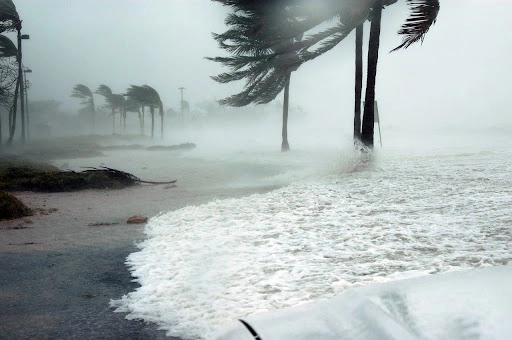1.What is heavy rain?
What is the difference between heavy rain?

The JMA refers to torrential rainfall as a noticeably heavy rainfall phenomenon that has caused significant disasters.
Actually, there is no clear definition of how many millimeters or more constitutes torrential rain! The Japan Meteorological Agency defines heavy rainfall as "rain that has the potential to cause damage, Rain that causes a disaster is called heavy rain and no specific numerical difference is indicated", and until the Japan Meteorological Agency certifies it as heavy rain, it is often called localized heavy rain.
In summary, the definition of torrential rain in Japan is that a rainstorm is considered torrential if it causes significant damage, and a rainstorm for which a warning is issued is considered a rainstorm with the potential to become a torrential downpour. Thus, there is a big difference between torrential rain and heavy rain.
